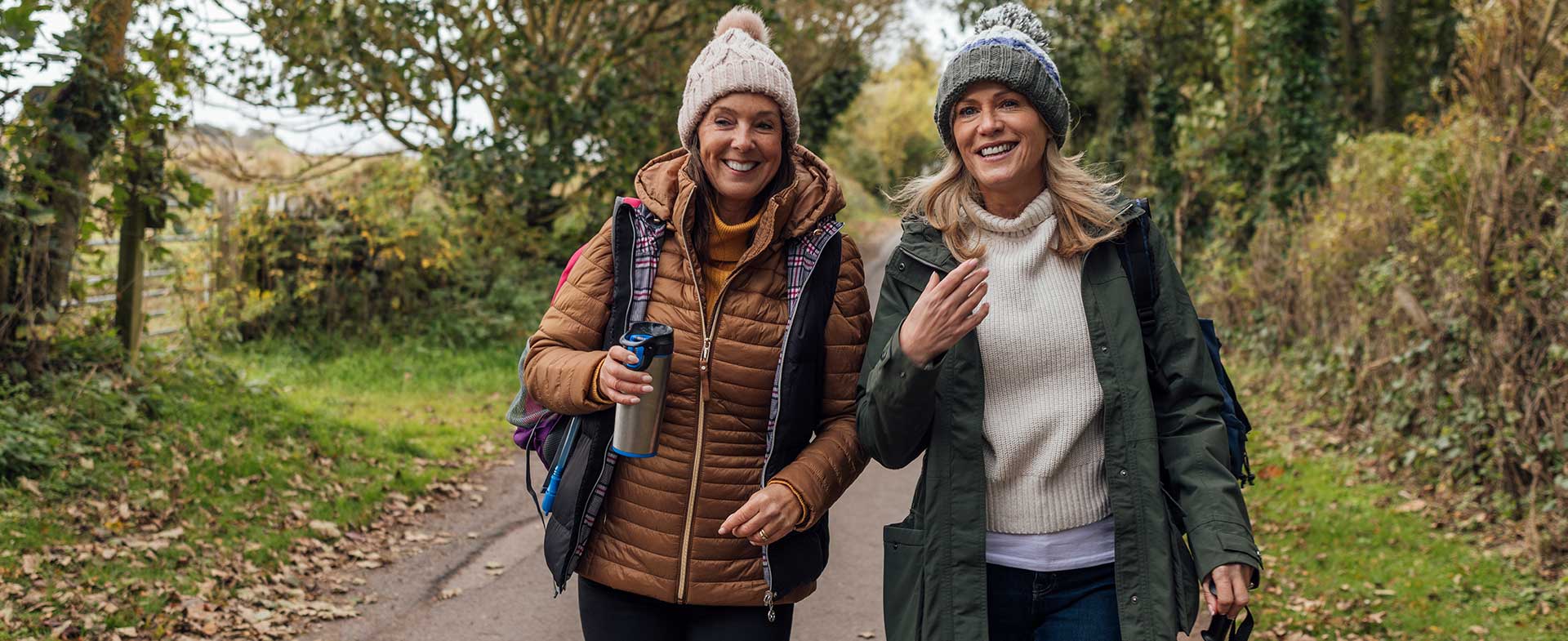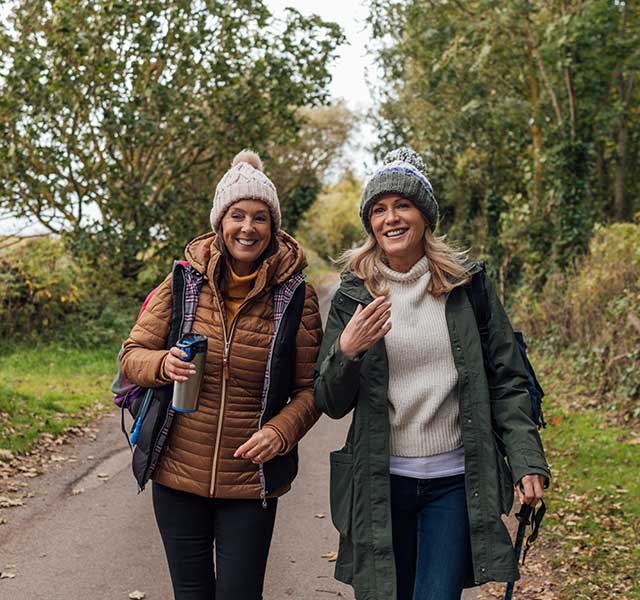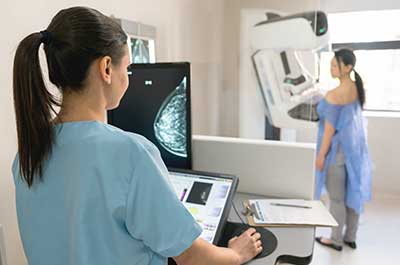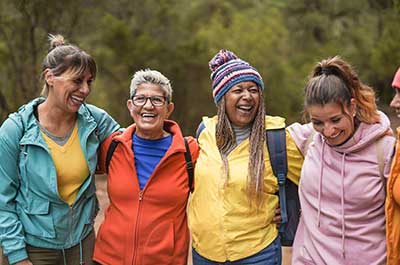There’s a lot of information to sift through surrounding the risks of breast cancer – and it can be difficult (and sometimes scary) to determine how likely you are to experience a disease that affects one in eight women – or 12-13% of the female population – at some point in their lives.
“It’s important for every woman to know what she’s up against regarding breast cancer,” says Anna Lehrberg, D.O., a breast cancer surgeon at Henry Ford Health. “But advocating for yourself and attending your annual breast cancer screening are the most important ways you can be proactive about your breast cancer risk.”
To help determine what else you can (and can’t) do to reduce your risk of contracting breast cancer, we asked Dr. Lehrberg to outline the most crucial risk factors every woman should be familiar with.
Breast Cancer Risk Factors You Can Control
Obesity
Numerous studies have shown that not maintaining a healthy weight can increase your risk for many types of cancer, and breast cancer is no exception, says Dr. Lehrberg. According to the National Cancer Institute, among postmenopausal women, those who are obese have a 20 to 40% increase in risk compared with women who aren’t obese.
Alcohol Consumption
Consuming one alcoholic drink per day increases your chances of getting breast cancer by at least 5%, according to the American Cancer Institute for Cancer Research. Two to three drinks per day raises your risk by 20%. “Minimize your alcohol consumption to less than four drinks per week. One drink equals 12 ounces of beer, 5 ounces of wine or 1.5 ounces of hard liquor,” says Dr. Lehrberg.
Exercise
Everyone knows regular exercise leads to a variety of health benefits, and although it’s no cancer cure, it is linked to reduced risk. The American Cancer Society recommends adults engage in at least 150 minutes of moderate intensity or 75 minutes of vigorous intensity activity every week, ideally spread throughout the week.
Breastfeeding
Although the reasons behind it are still uncertain, multiple studies have demonstrated that women who breastfeed have a lower risk of breast cancer. How long is breastfeeding necessary to reap the benefits? “Even just a couple of months can lower your risk,” says Dr. Lehrberg.
Hormone Use After Menopause
In 2002, researchers discovered a connection between Hormone Replacement Therapy (HRT) and increased breast cancer risk. Although some women still use HRT to ease postmenopausal symptoms like hot flashes, Dr. Lehrberg says the takeaway is simple: Avoid taking HRT, especially for prolonged use for more than five years.
Breast Cancer Risk Factors You Can't Control
Family History

Most women know that if their mother or sister has been diagnosed with breast cancer, they’re at a higher risk. “Women who are at average risk for breast cancer should start screening at age 40,” says Dr. Lehrberg. “If your mother or sister were diagnosed with breast cancer, you should start screening earlier. Specifically, 10 years younger than the age at which your youngest relative was diagnosed.”
Age
“In general, when we talk to women about breast cancer risk, we give them the 1 in 8 figure, which is the general lifetime risk,” says Dr. Lehrberg. “If you divide that by decade, though, it’s initially lower. The older you get, the higher it gets.” At age 30, for example, 1 in 217 women are likely to get breast cancer; at age 40, 1 in 67 women are likely to get breast cancer. (For a complete breakdown by age, click here).
Genetic Mutation (BRCA1 and BRCA2)
Short for breast cancer genes 1 and 2, BRCA1 and BRCA2 are the best-known genes linked to breast cancer risk. “If your cells contain a mutation of either of these genes, you have an eight out of 10 chance of getting breast cancer at some point in your life,” says Dr. Lehrberg. In the U.S., 5 to 10% of breast cancers are related to an inherited gene mutation.
Race/Ethnicity
Breast cancer risk varies slightly by race/ethnicity. “White women are traditionally more likely to get breast cancer, as opposed to Black women. However, Black women are 40% more likely to die from breast cancer,” says Dr. Lehrberg. “If you’re younger than 45, though, Black women are at a higher risk.”
Breast Density
In addition to increasing your risk of breast cancer, having dense breast tissue can make it harder for mammograms to detect the disease. But that doesn’t mean signs of breast cancer can’t be detected. “Oftentimes, lesions that aren’t seen on a mammogram due to dense breasts will show up on ultrasound or another screening modality like screening tomosynthesis, also known as 3D mammograms,” says Dr. Lehrberg.
Regardless of your risk factors — controlled or not — getting your annual mammogram is crucial, says Dr. Lehrberg, and women should feel comfortable talking to their doctor about changes in their health.
“If you have a concern, or if you feel or see something, do something about it,” Dr. Lehrberg says. “Don’t put it off; Don’t wait for your screening. If you notice something, contact your provider and address it now. An earlier diagnosis allows for more treatment options and a better prognosis.”
Reviewed by Anna Lehrberg, D.O., FACS, a breast cancer surgeon who sees patients at Henry Ford Medical Center - Fairlane, Henry Ford Medical Center - Plymouth and Henry Ford Wyandotte Hospital.



